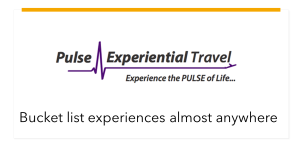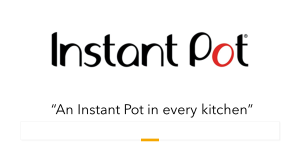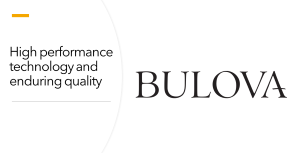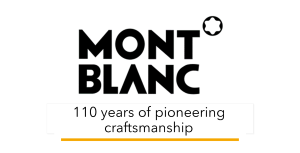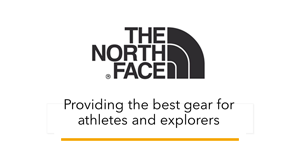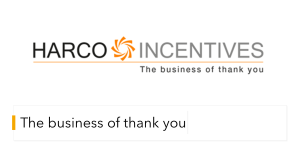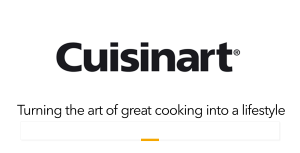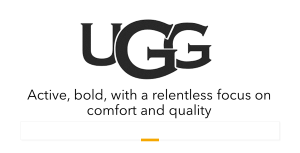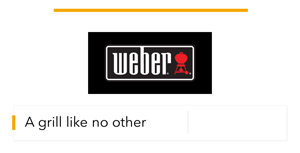Study: High Efforts, Low Recognition Doubles Heart Disease Risk in Men
 A recent study suggests that a lack of recognition can take a particularly hard toll on people of all sexes, with men suffering the most from heart attacks.
A recent study suggests that a lack of recognition can take a particularly hard toll on people of all sexes, with men suffering the most from heart attacks. Risk Is as Great as Obesity
At Greatest Risk, Those With High Effort and Low Rewards
Click here for links to information about EEA preferred engagement solution providers.
Job strain combined with high efforts and low reward doubles men’s heart disease risk, according to a study in Circulation: Cardiovascular Quality and Outcomes journal. It finds that “These psychosocial stressors are each associated with heart disease risk and the combination was especially dangerous to men.” The researchers did not have enough data to draw the same conclusion about women.
The impact is highest in top performers. “Men exposed to stressful working conditions who also felt that they put forth high effort but received low rewards had twice the risk of heart disease compared to men who were free of those psychosocial stressors.”
Risk Is as Great as Obesity
The study finds that “the impact of job strain and effort-reward imbalance combined was similar to the magnitude of the impact of obesity on the risk of coronary heart disease in the study of nearly 6,500 white-collar workers in Canada.”
Researchers studied nearly 6,500 white-collar workers, with an average age of about 45 years old without heart disease and followed them for 18 years from 2000 to 2018. They studied health and workplace survey information for 3,118 men and 3,347 women in a wide range of jobs in Quebec. The surveys included employees working in senior management, professional, technical and office workers roles. Education levels ranged from no high school diplomas to university degrees. Researchers measured job strain and effort-reward imbalance with results from proven questionnaires and retrieved heart disease information using established health databases.
Heart disease is the No. 1 cause of death in the US, according to American Heart Association statistics. In 2020, nearly 383,000 Americans died of heart disease. About 10,000 heart attacks occur on the job each year, according to the Occupational Safety & Health Administration.
“Considering the significant amount of time people spend at work, understanding the relationship between work stressors and cardiovascular health is crucial for public health and workforce well-being,” says lead study author Mathilde Lavigne-Robichaud, R.D., M.S., doctoral candidate, Population Health and Optimal Health Practices Research Unit, CHU de Quebec-University Laval Research Center in Quebec, Canada. “Our study highlights the pressing need to proactively address stressful working conditions, to create healthier work environments that benefit employees and employers.”
At Greatest Risk, Those With High Effort and Low Rewards
“Job strain refers to work environments where employees face a combination of high job demands and low control over their work. High demands can include a heavy workload, tight deadlines, and numerous responsibilities, while low control means the employee has little say in decision-making and how they perform their tasks,” Lavigne-Robichaud explained.
“Effort-reward imbalance occurs when employees invest high effort into their work, but they perceive the rewards they receive in return — such as salary, recognition, or job security — as insufficient or unequal to the effort. For instance, if you’re always going above and beyond, but you feel like you’re not getting the credit or rewards you deserve, that’s called effort-reward imbalance.”
The study finds:
- Men who said they experienced either job strain or effort-reward imbalance had a 49% increase in risk of heart disease compared to men who didn’t report those stressors.
- Men reporting both job strain and effort-reward imbalance were at twice the risk of heart disease compared with men who did not say they were experiencing the combined stressors.
- The impact of psychosocial stress at work on women’s heart health was inconclusive.
- In men, the impact of job strain and effort-reward imbalance combined was similar to the magnitude of the impact of obesity on the risk of coronary heart disease.
The researchers admit that one study limitation is that the researchers studied men and women in white-collar jobs primarily in Quebec, Canada, and the results might not fully represent the diversity of the American working population. However, the study findings may be relevant to white-collar workers in the US and other high-income countries with similar job structures, according to Lavigne-Robichaud.
Subscribe to RRN’s weekly e-newsletter.
Profit From the “S” of Environmental, Social, Governance (ESG)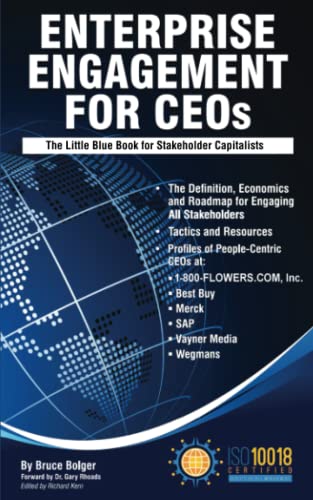
Through education, media, business development, advisory services, and outreach, the Enterprise Engagement Alliance supports boards, business analysts, the C-suite, management in finance, marketing, sales, human resources and operations, etc., educators, students and engagement solution providers seeking a competitive advantage by implementing a strategic and systematic approach to stakeholder engagement across the enterprise. Click here for details on all EEA and RRN media services.
1. Professional Education on Stakeholder Management and Total Rewards
Strategic Business Development for Stakeholder Management and Total Rewards solution providers, including Integrated blog, social media, and e-newsletter campaigns managed by content marketing experts.
4. Advisory Services for Organizations
Stakeholder Management Business Plans; Human Capital Management, Metrics, and Reporting for organizations, including ISO human capital certifications, and services for solution providers.
5. Outreach in the US and Around the World on Stakeholder Management and Total Rewards
The EEA promotes a strategic approach to people management and total rewards through its e-newsletters, web sites, and social media reaching 20,000 professionals a month and through other activities, such as:

Through education, media, business development, advisory services, and outreach, the Enterprise Engagement Alliance supports boards, business analysts, the C-suite, management in finance, marketing, sales, human resources and operations, etc., educators, students and engagement solution providers seeking a competitive advantage by implementing a strategic and systematic approach to stakeholder engagement across the enterprise. Click here for details on all EEA and RRN media services.
1. Professional Education on Stakeholder Management and Total Rewards
- Become part of the EEA as an individual, corporation, or solution provider to gain access to valuable learning, thought leadership, and marketing resources.
- The only education and certification program focusing on Stakeholder Engagement and Human Capital metrics and reporting, featuring seven members-only training videos that provide preparation for certification in Enterprise Engagement.
-
EEA books: Paid EEA participants receive Enterprise Engagement for CEOs: The Little Blue Book for People-
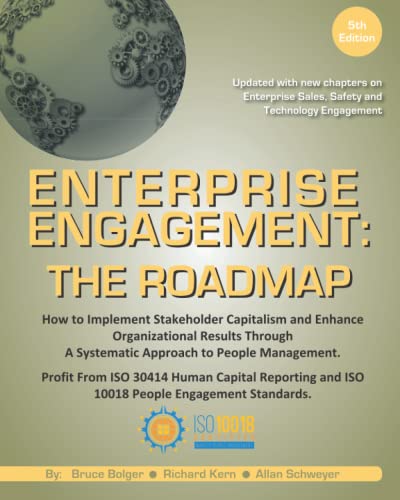 Centric Capitalists, a quick implementation guide for CEOs; Enterprise Engagement: The Roadmap 5th Edition implementation guide; a comprehensive textbook for practitioners, academics, and students, plus four books on theory and implementation from leaders in Stakeholder Management, Finance, Human Capital Management, and Culture.
Centric Capitalists, a quick implementation guide for CEOs; Enterprise Engagement: The Roadmap 5th Edition implementation guide; a comprehensive textbook for practitioners, academics, and students, plus four books on theory and implementation from leaders in Stakeholder Management, Finance, Human Capital Management, and Culture.
- ESM at EnterpriseEngagement.org, EEXAdvisors.com marketplace, ESM e–newsletters, and library.
- RRN at RewardsRecognitionNetwork.com; BrandMediaCoalition.com marketplace, RRN e-newsletters, and library.
- EEA YouTube Channel with over three dozen how-to and insight videos and growing with nearly 100 expert guests.
Strategic Business Development for Stakeholder Management and Total Rewards solution providers, including Integrated blog, social media, and e-newsletter campaigns managed by content marketing experts.
4. Advisory Services for Organizations
Stakeholder Management Business Plans; Human Capital Management, Metrics, and Reporting for organizations, including ISO human capital certifications, and services for solution providers.
5. Outreach in the US and Around the World on Stakeholder Management and Total Rewards
The EEA promotes a strategic approach to people management and total rewards through its e-newsletters, web sites, and social media reaching 20,000 professionals a month and through other activities, such as:
- Association of National Advertisers Brand Engagement 360 Knowledge Center to educate brands and agencies.
- The EEA Engagement widget to promote, track, and measure customers/employee referrals and suggestions that can be connected to any rewards or front-end program management technology.
- The Stakeholder Capitalism free insignia to promote a commitment to better business.
- The BMC Brand Club and transactional storefronts to educate corporate and agency buyers on the IRR market.
- The EME Gold program to educate the top 3% of promotional consultants on selling engagement and rewards services.






